Waterlust’s animal print legging, rash guards, and board shorts have been described as “sustainable products to support marine science research and education”. But could they be described as a dinner bell for sharks? That’s a question that the Waterlust team receives a lot, and they asked me, Dr. David Shiffman, your friendly neighborhood shark scientist, to answer it.
Waterlust’s animal print legging, rash guards, and board shorts have been described as “sustainable products to support marine science research and education”. But could they be described as a dinner bell for sharks? That’s a question that the Waterlust team receives a lot, and they asked me, Dr. David Shiffman, your friendly neighborhood shark scientist, to answer it.
Photo by Dante Weston (@dante.fl) of Kelly Young (@islandkey_) swimming amongst tiger sharks in the Bahamas while wearing her matching leggings.
Could wearing clothing with animal print patterns on it make a marine predator more likely to bite you? The answer is almost certainly not. While wild animal behavior is unpredictable, there’s no scientific evidence that wearing animal print patterns would make sharks more likely to bite someone, and little reason to suspect that they might.
Shark bites are incredibly rare to begin with; hundreds of millions of humans enter the water every year, and despite sharks being near almost all of them, only a few dozen are bitten by sharks. No one knows why some sharks bite some people sometimes, but a common hypothesis is “mistaken identity;” the shark is unfamiliar with humans, wrongly think we are a prey item, and immediately breaks off their strike when they realize we aren’t what they thought we were. Proponents of this idea point out that from below, the silhouette of a surfer is pretty similar to that of a seal or sea lion, and indeed surfers are some of the most common victims of shark bites. It should be noted, however, that in silhouette form you can’t really see much about the color or pattern of the wetsuits worn by these surfers - check out this amazing image by wildlife photographer Thomas Peschak and tell me what color this surfer’s wetsuit is?
Could wearing clothing with animal print patterns on it make a marine predator more likely to bite you? The answer is almost certainly not. While wild animal behavior is unpredictable, there’s no scientific evidence that wearing animal print patterns would make sharks more likely to bite someone, and little reason to suspect that they might.
Shark bites are incredibly rare to begin with; hundreds of millions of humans enter the water every year, and despite sharks being near almost all of them, only a few dozen are bitten by sharks. No one knows why some sharks bite some people sometimes, but a common hypothesis is “mistaken identity;” the shark is unfamiliar with humans, wrongly think we are a prey item, and immediately breaks off their strike when they realize we aren’t what they thought we were. Proponents of this idea point out that from below, the silhouette of a surfer is pretty similar to that of a seal or sea lion, and indeed surfers are some of the most common victims of shark bites. It should be noted, however, that in silhouette form you can’t really see much about the color or pattern of the wetsuits worn by these surfers - check out this amazing image by wildlife photographer Thomas Peschak and tell me what color this surfer’s wetsuit is?
A quick review of how shark vision works should help to assuage concerns about animal-print clothing. While sharks’ sense of smell is legendary, their vision is less well understood by non-experts. In general, sharks can hear from kilometers away, can smell from hundreds of meters away, and can see from tens of meters away, according to the Smithsonian’s Animal Answer Guide for Sharks. (Their electroreception abilities only work from a few centimeters away). A great review of all the shark sensory systems from 2015 can be found here, and a great review of shark vision research can be found here.
A quick review of how shark vision works should help to assuage concerns about animal-print clothing. While sharks’ sense of smell is legendary, their vision is less well understood by non-experts. In general, sharks can hear from kilometers away, can smell from hundreds of meters away, and can see from tens of meters away, according to the Smithsonian’s Animal Answer Guide for Sharks. (Their electroreception abilities only work from a few centimeters away). A great review of all the shark sensory systems from 2015 can be found here, and a great review of shark vision research can be found here.
Close up view of a nurse shark eye by Gammon Koval for the Shark Research and Conservation Program at the University of Miami (@sharktagging). The diamond shaped structures on the skin are actually modified teeth designed to increase hydrodynamic efficiency and provide protection, called dermal denticles, and are featured on our Nurse Shark Nirvana printed gear with 10% of profits going to this research lab.
In general, while vision is important for some species’ hunting behaviors, sharks generally look for contrast within the surrounding environment rather than a specific color or pattern, (i.e., “I see something over there” rather than “that looks exactly like my normal prey”). Indeed, many species of sharks are colorblind, and a paper I linked to above reports that.Given the lack of color vision in sharks, brightness contrast rather than color is likely to play a primary role in the detection and discrimination of ecologically relevant objects. Ironically, this contrast-focused vision means that the high-contrast sea snake pattern wetsuits that were promoted as a shark repellent a few years ago resulted in some concerns that swimmers wearing these would be highly visible to sharks, which may result in increased, not decreased, chances of shark bites. But those concerns were theoretical only, in the context of debunking the idea that these wetsuits were likely to REDUCE shark bites, they weren’t explicit warnings to avoid wearing them because they were likely to INCREASE shark bites.
I’ve seen concerns raised that bright, high-contrast colors and patterns may make swimmers, surfers, and divers more visible to sharks, and that shiny jewelry can reflect in the sunlight in a way that mimics fish scales, but advice to avoid wearing high-contrast colors and patterns is secondary to advice to stay close to shore with large groups of people in the middle of the day. Personally, I might be a little hesitant to dress up like a sea turtle if I was diving in an area where there were lots of sea turtle eating tiger sharks around, but even that is unlikely to pose a significant increase in risk to divers and swimmers—and the other Waterlust prints are either modeled after other sharks or species that aren’t prey.
In general, while vision is important for some species’ hunting behaviors, sharks generally look for contrast within the surrounding environment rather than a specific color or pattern, (i.e., “I see something over there” rather than “that looks exactly like my normal prey”). Indeed, many species of sharks are colorblind, and a paper I linked to above reports that.Given the lack of color vision in sharks, brightness contrast rather than color is likely to play a primary role in the detection and discrimination of ecologically relevant objects. Ironically, this contrast-focused vision means that the high-contrast sea snake pattern wetsuits that were promoted as a shark repellent a few years ago resulted in some concerns that swimmers wearing these would be highly visible to sharks, which may result in increased, not decreased, chances of shark bites. But those concerns were theoretical only, in the context of debunking the idea that these wetsuits were likely to REDUCE shark bites, they weren’t explicit warnings to avoid wearing them because they were likely to INCREASE shark bites.
I’ve seen concerns raised that bright, high-contrast colors and patterns may make swimmers, surfers, and divers more visible to sharks, and that shiny jewelry can reflect in the sunlight in a way that mimics fish scales, but advice to avoid wearing high-contrast colors and patterns is secondary to advice to stay close to shore with large groups of people in the middle of the day. Personally, I might be a little hesitant to dress up like a sea turtle if I was diving in an area where there were lots of sea turtle eating tiger sharks around, but even that is unlikely to pose a significant increase in risk to divers and swimmers—and the other Waterlust prints are either modeled after other sharks or species that aren’t prey.
PhD student Courtney Knaur blending in with the locals in her Sea Turtle Survivor leggings while researching the foraging ecology of sea turtles with the Marine Community & Behavioral Ecology Lab at Florida International University (@heithauslab).
***Disclaimer*** Photo and handling was done under permitted research, under conditions not harmful to the animal. Do not try to recreate this photo in any way.
PhD student Courtney Knaur blending in with the locals in her Sea Turtle Survivor leggings while researching the foraging ecology of sea turtles with the Marine Community & Behavioral Ecology Lab at Florida International University (@heithauslab).
***Disclaimer*** Photo and handling was done under permitted research, under conditions not harmful to the animal. Do not try to recreate this photo in any way.
Whale Shark Warrior printed leggings modeled after the largest fish in the sea. Photo by The Madagascar Whale Shark Project.
Shark bites are an incredibly rare phenomenon whose causes aren’t well understood, but the best available evidence suggests that decreasing the (already very small) risk of a shark biting you has much more to do with what you do in the water, and where and when you do it, than what you wear. Wearing animal print is unlikely to increase the risk of a shark biting you, and the benefits, both in terms of looking awesome and supporting a business that donates proceeds to research and conservation efforts, are huge.
Shark bites are an incredibly rare phenomenon whose causes aren’t well understood, but the best available evidence suggests that decreasing the (already very small) risk of a shark biting you has much more to do with what you do in the water, and where and when you do it, than what you wear. Wearing animal print is unlikely to increase the risk of a shark biting you, and the benefits, both in terms of looking awesome and supporting a business that donates proceeds to research and conservation efforts, are huge.
COI Declaration: Dr. David Shiffman earned his Ph.D. at the University of Miami and was a student in the same lab as Waterlust Director of Operations Fiona Rynne. Waterlust’s donations to causes benefit their former lab.
Dr. David Shiffman is a marine conservation biologist specializing in shark behavioral ecology and management. Dr. Shiffman’s writings have appeared in outlets including the Washington Post, Scientific American, Gizmodo, and a monthly column in SCUBA Diving Magazine. He is one of the most-followed scientists on social media, and invites you to ask him questions about sharks on Twitter, Facebook and Instagram @ WhySharksMatter.


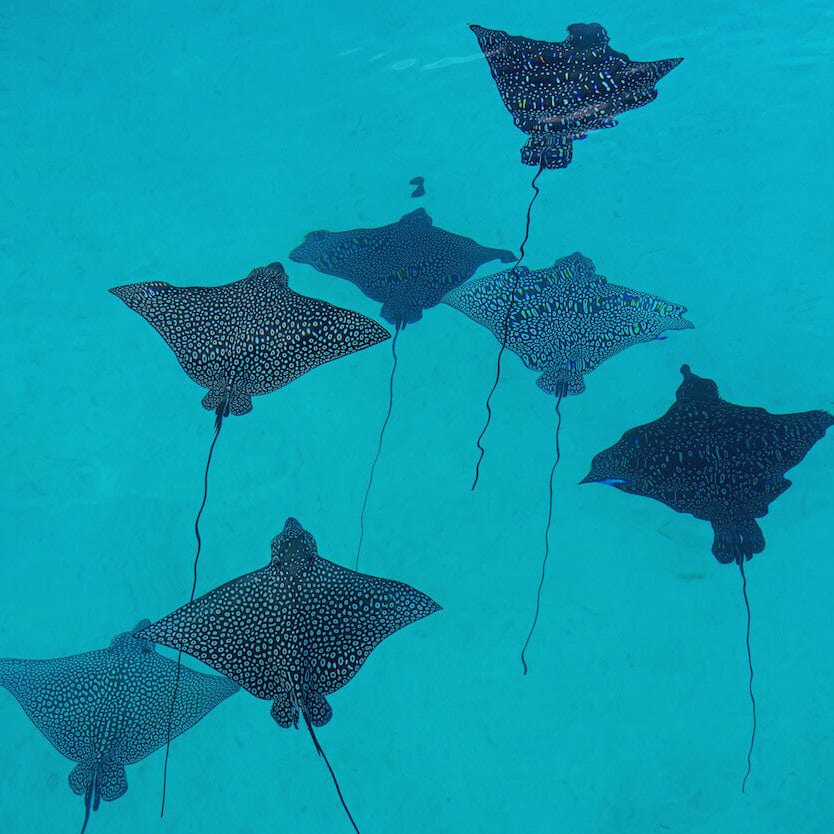

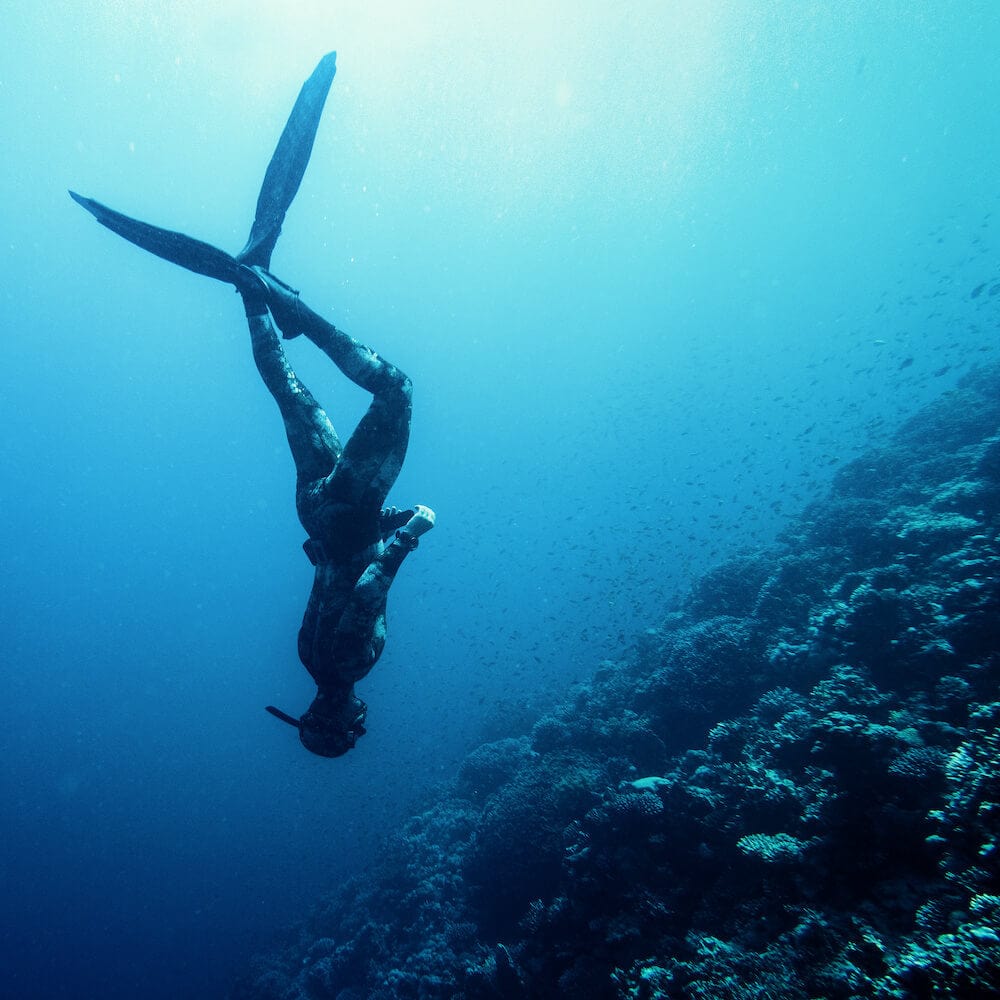

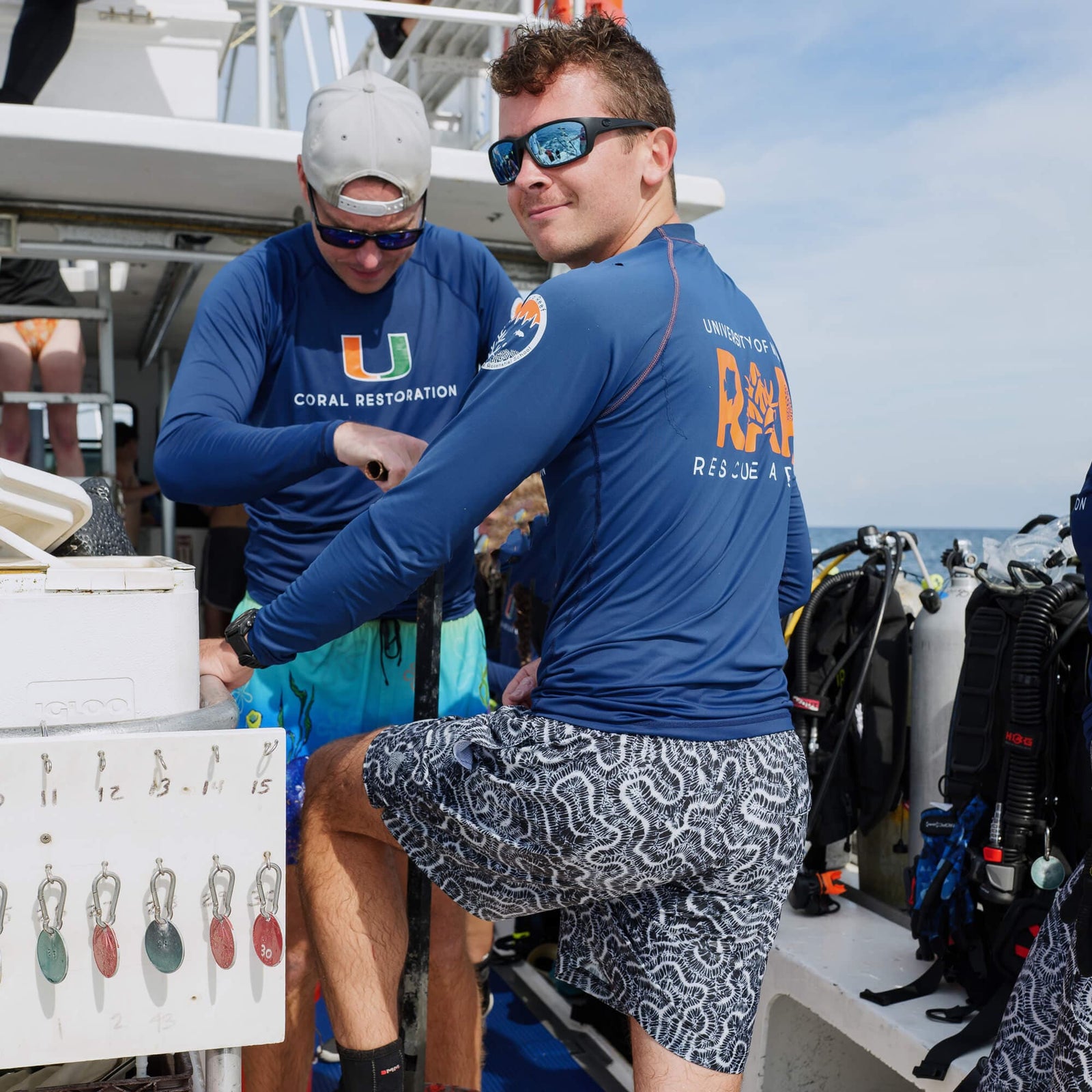


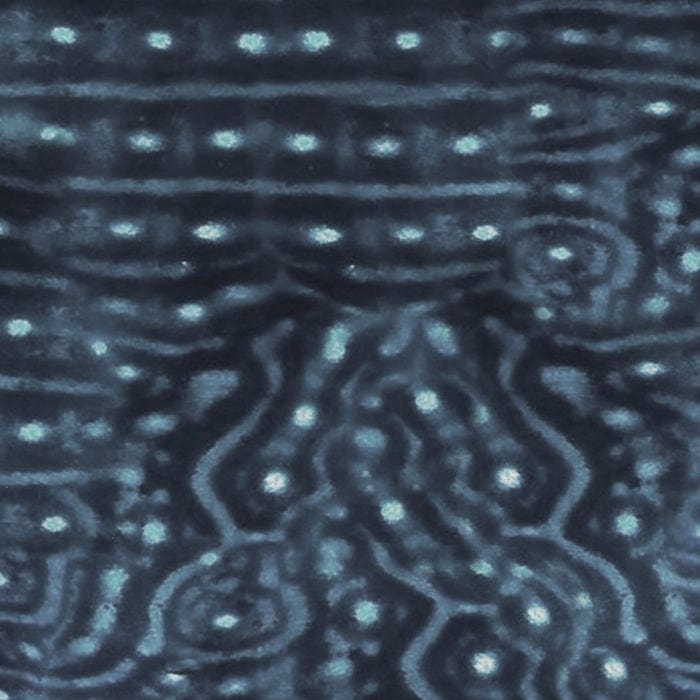

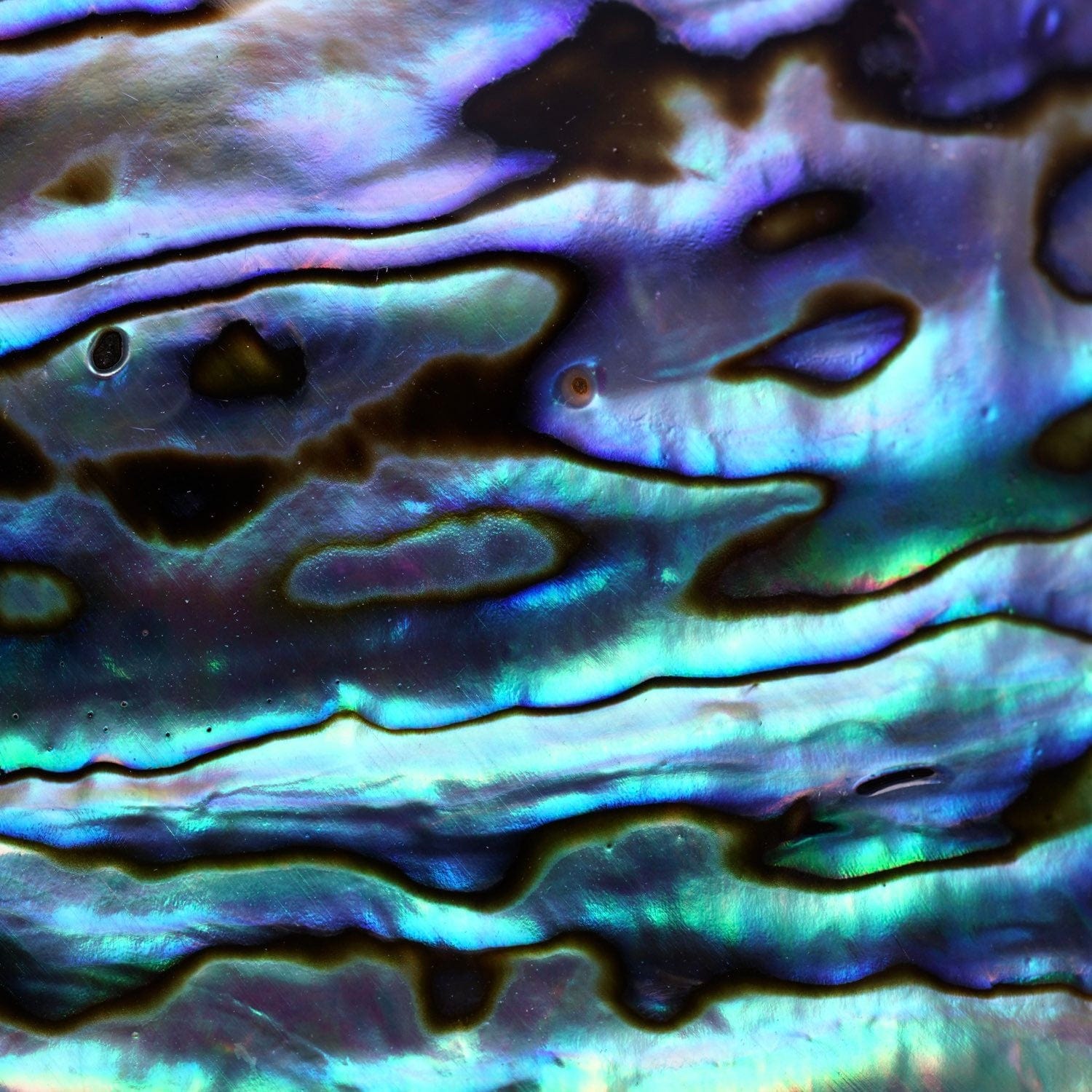
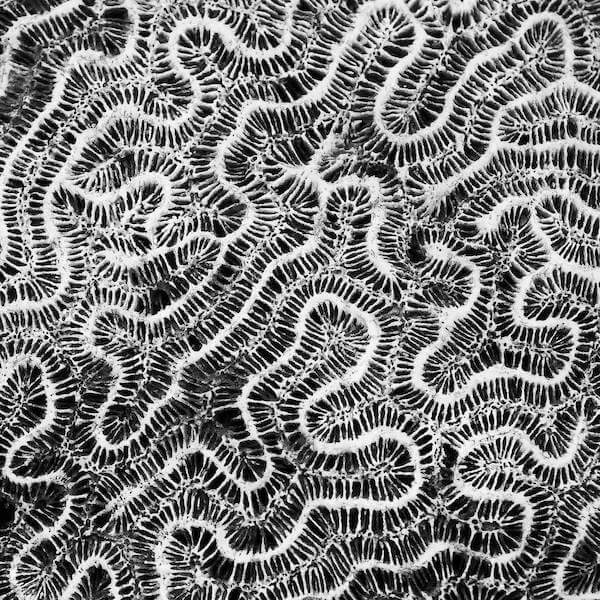
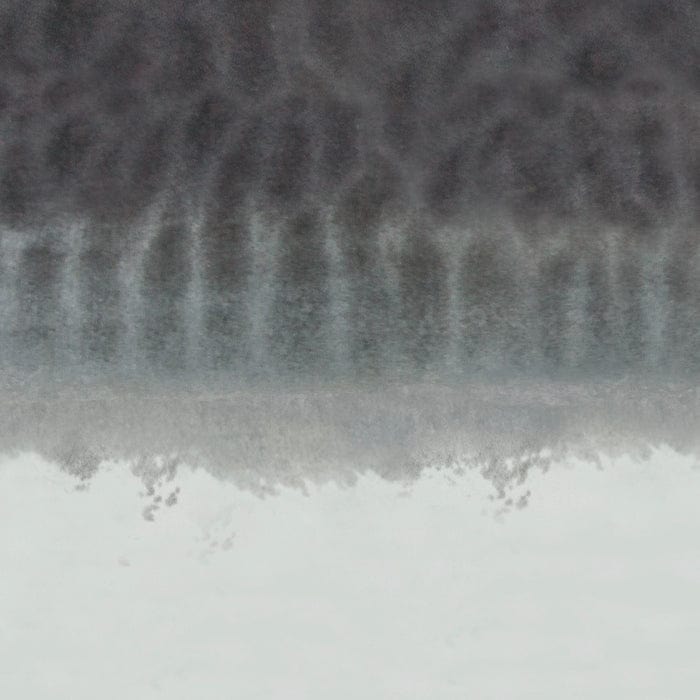

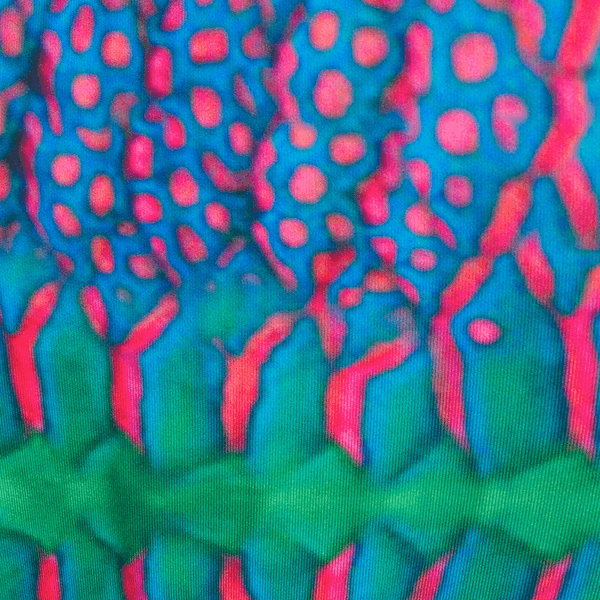
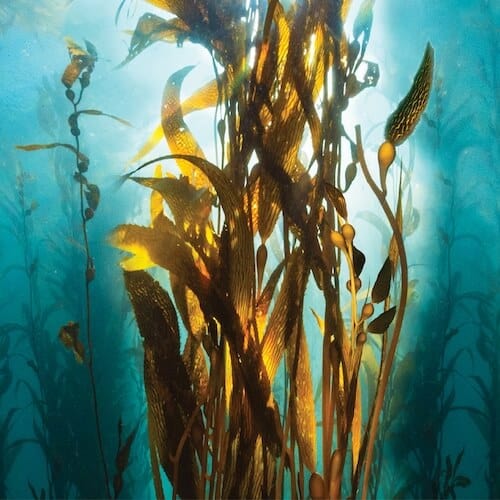
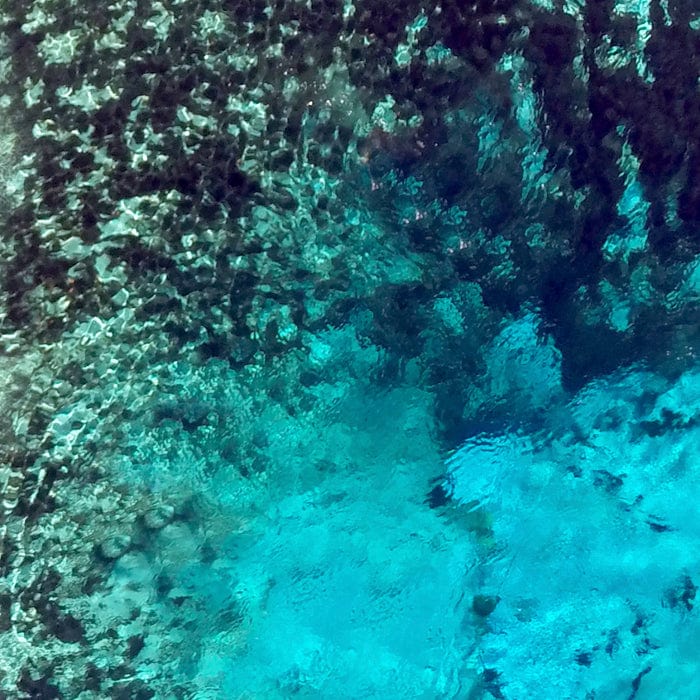
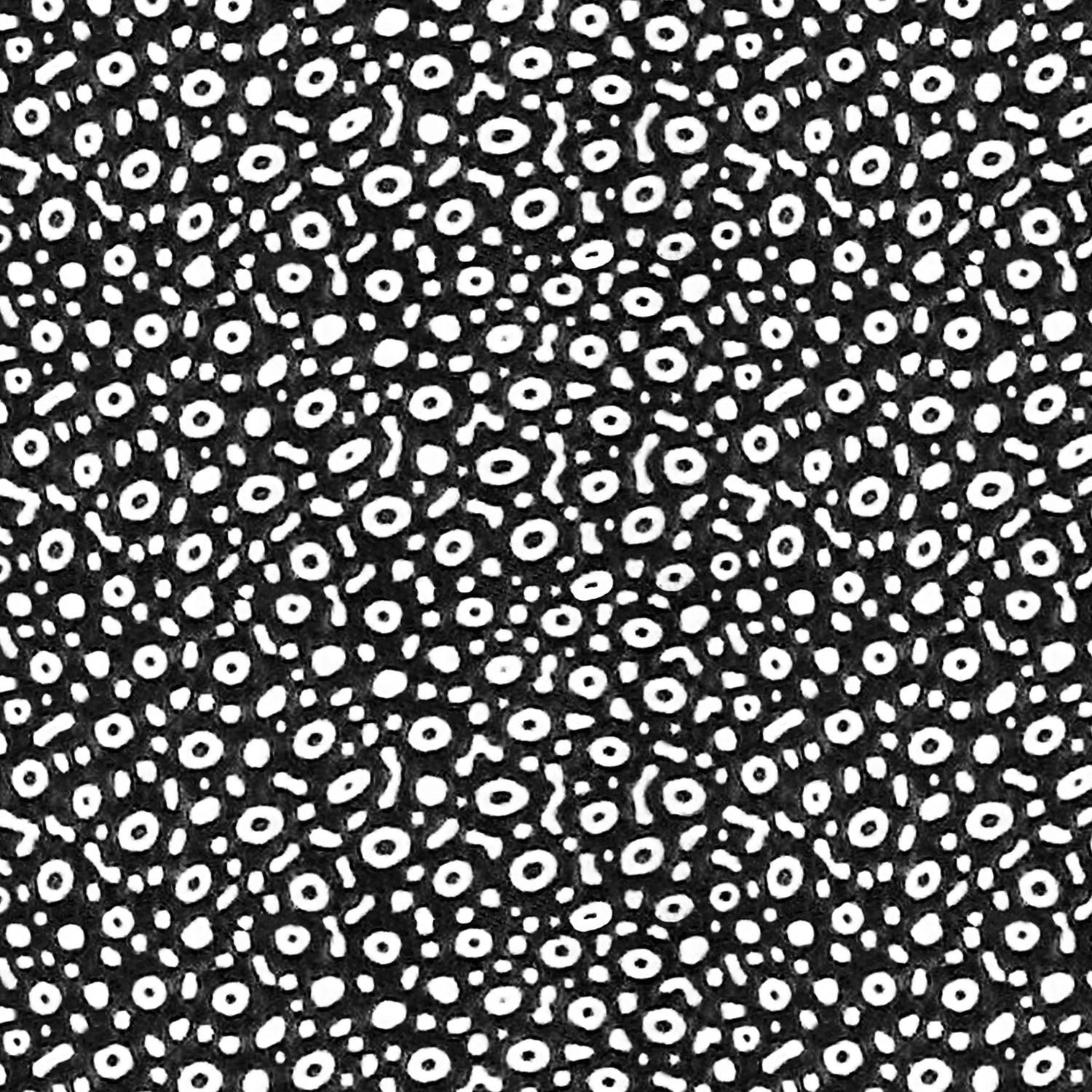
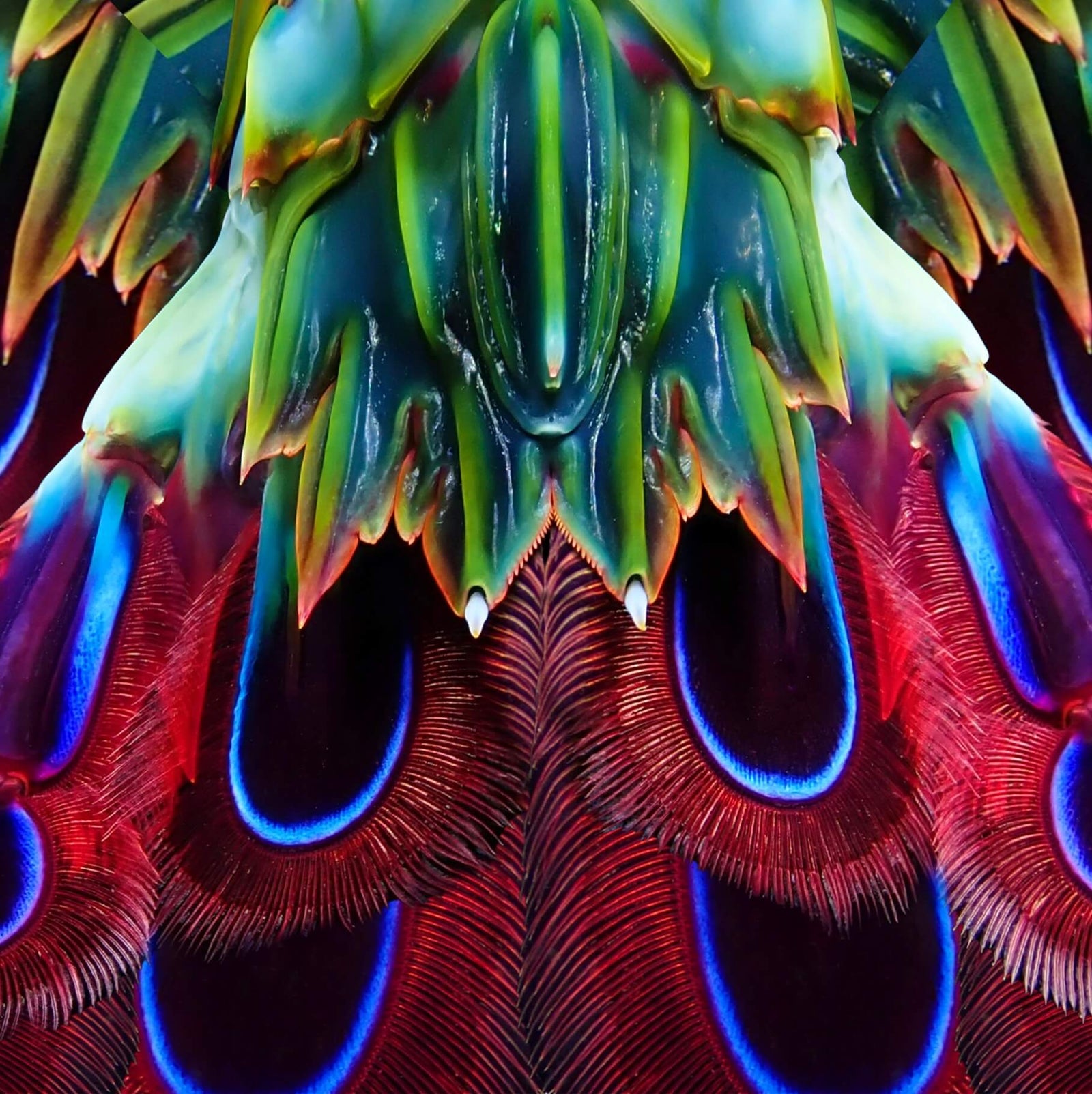



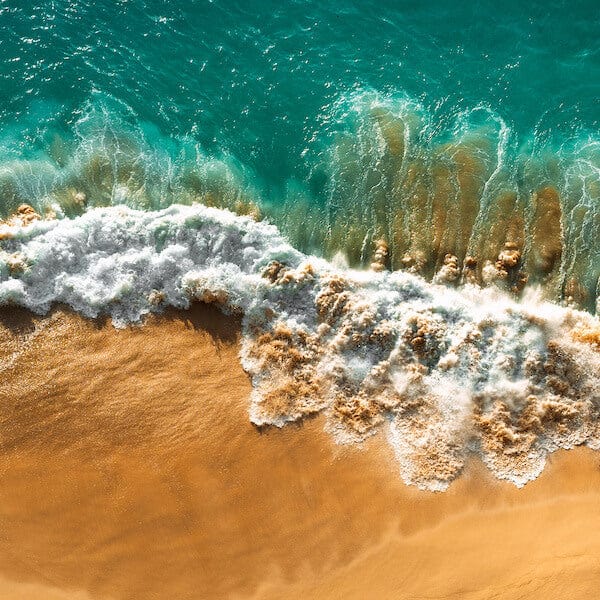
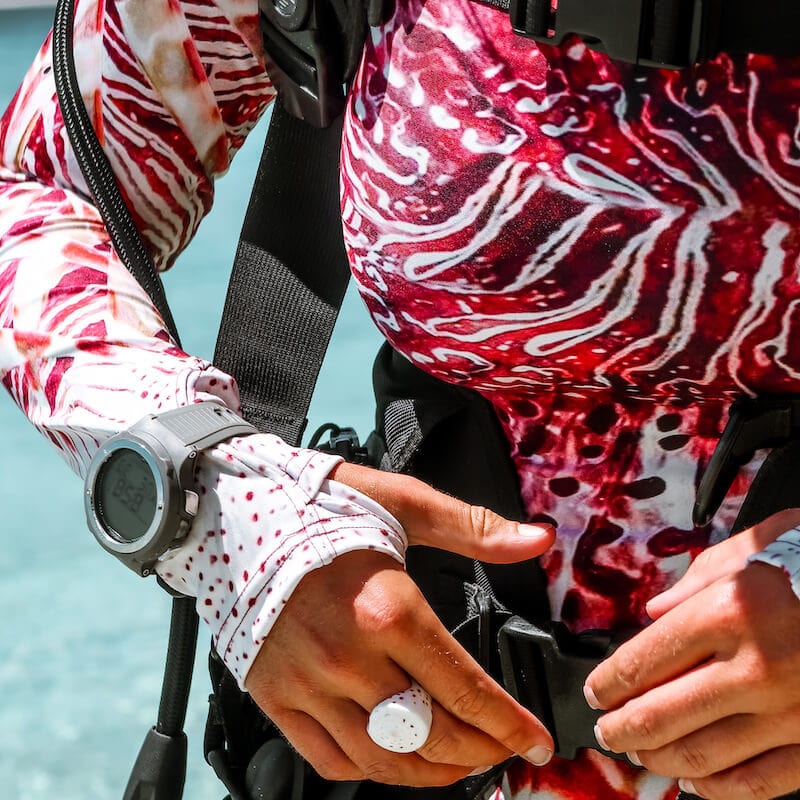
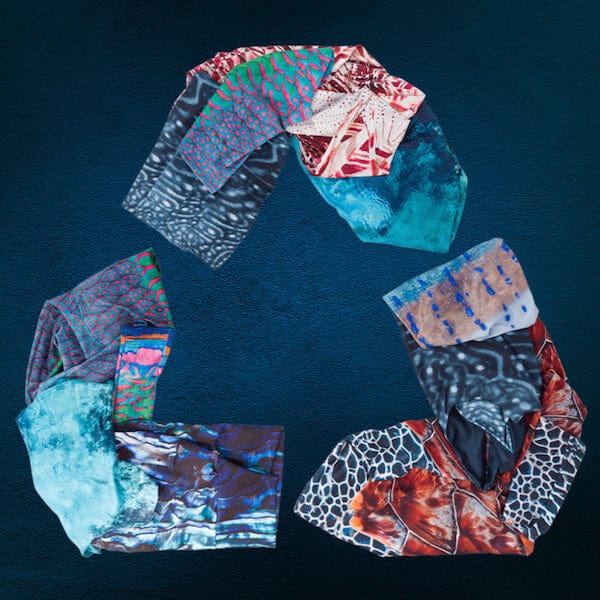

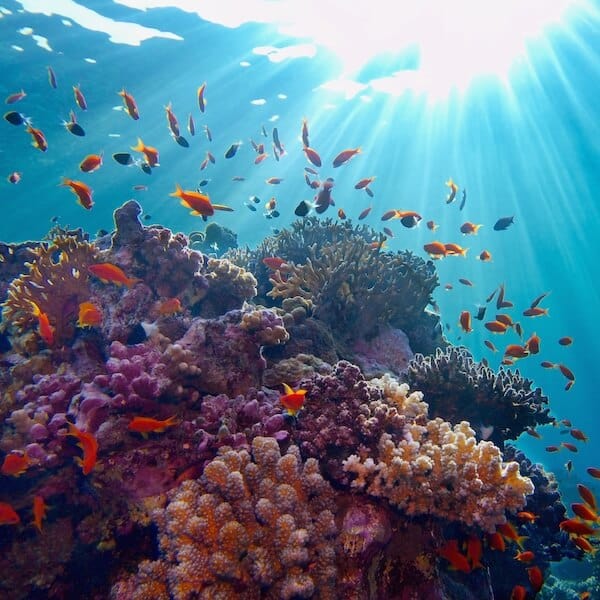
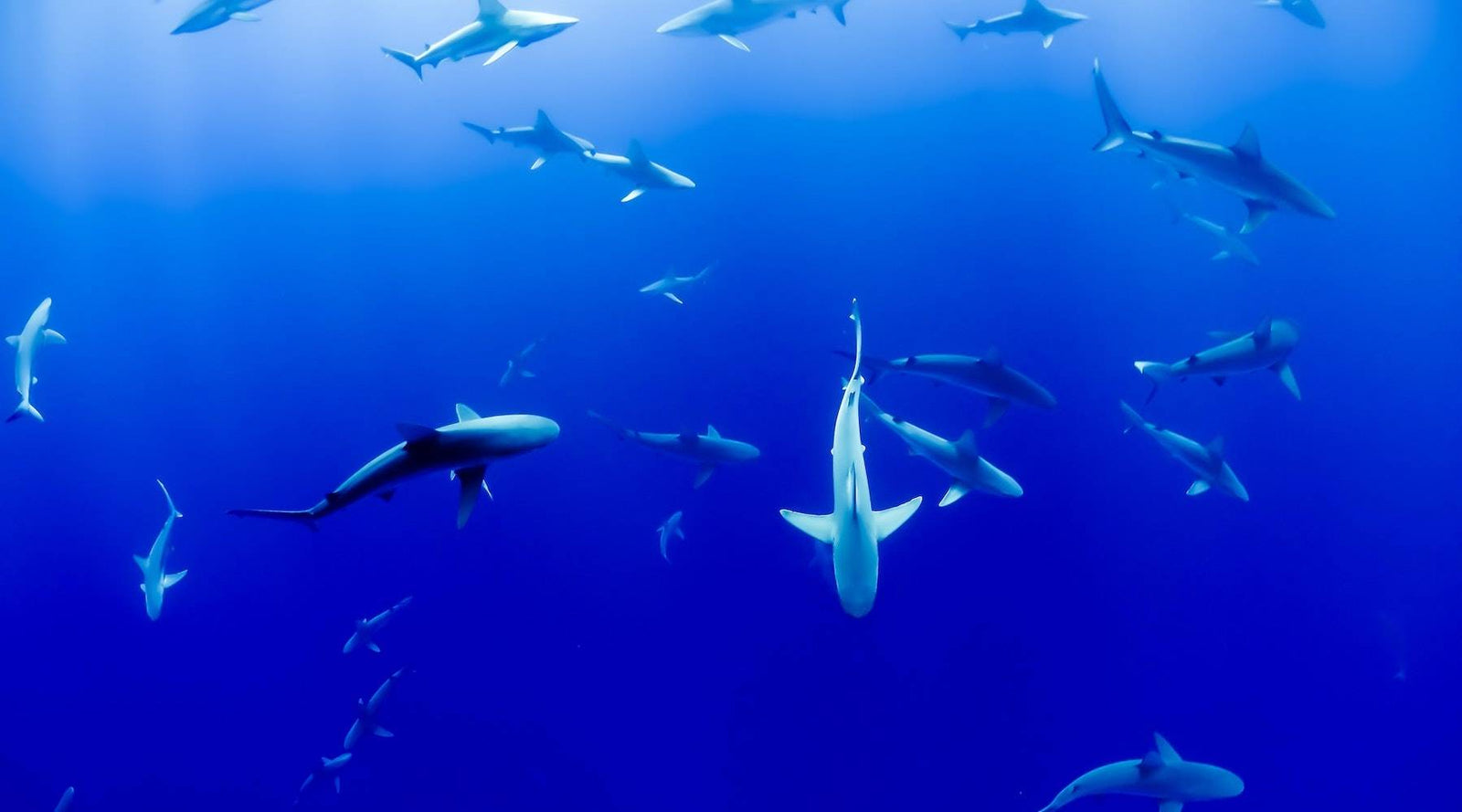
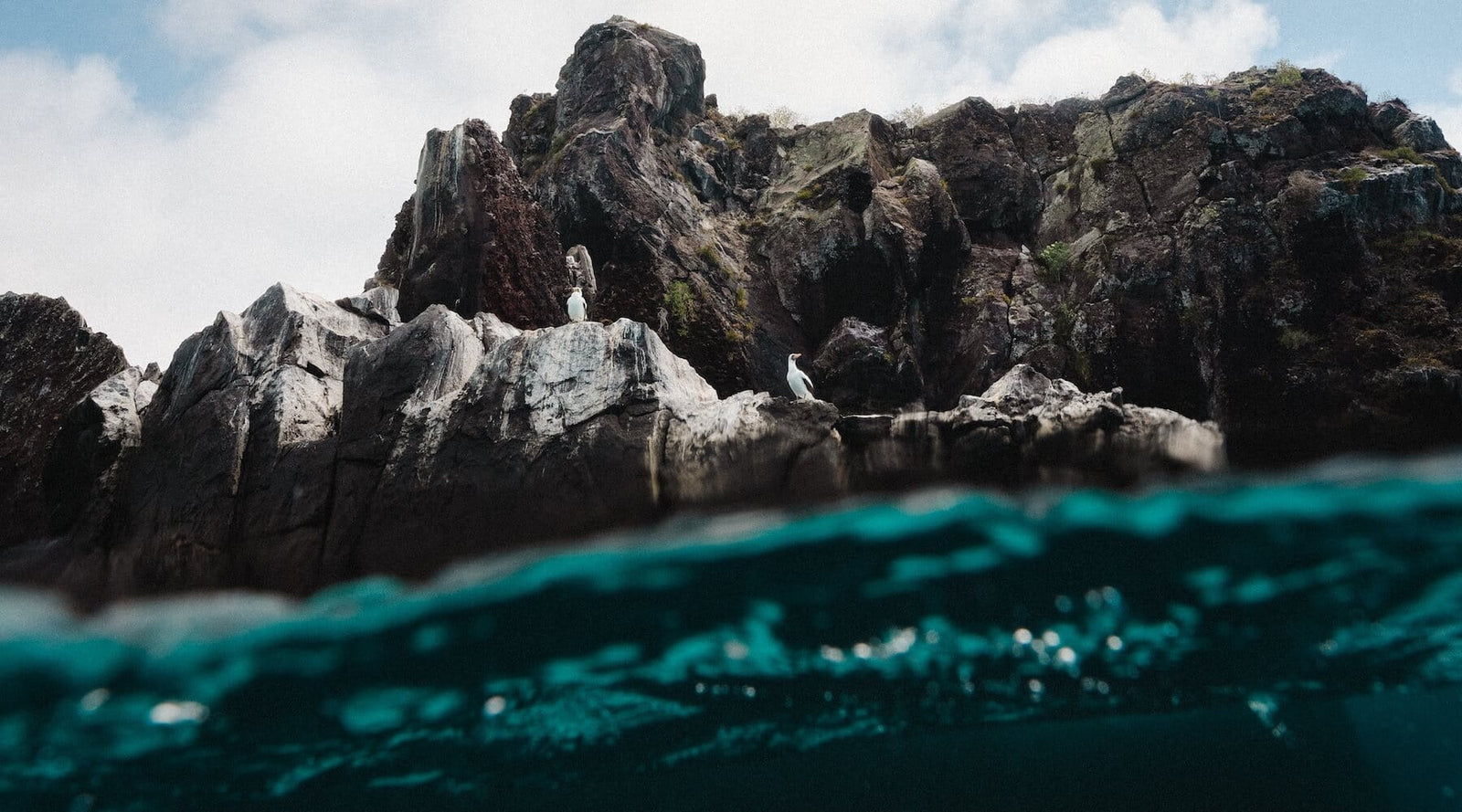


Teresa McKinney
May 02, 2022
When will you be stocking back up on rash guards? Just got introduced to Waterlust.& was interested in purchasing RGs & leggings for diving. Thanks